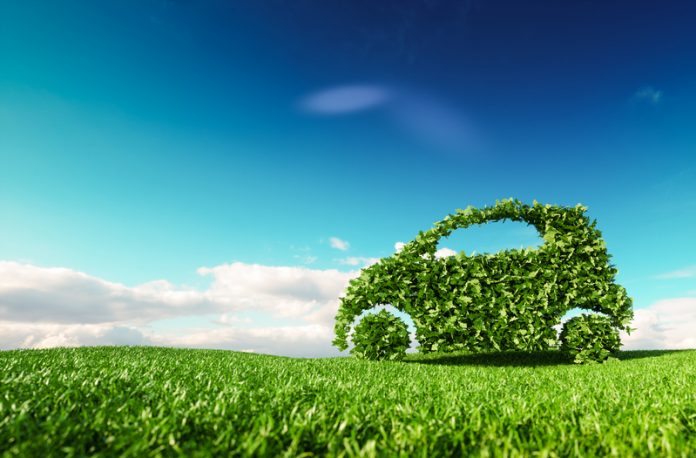Not sure how you can become eco-friendlier and lower your carbon footprint when your driving? Check out these top tips from mobility dealer, Lookers
Did you know that fuel consumption and how ‘green’ your commute is both depend a lot on how you drive? It’s becoming more and more important to try and be mindful of the environment and reduce how much our actions and products damage the environment every day — and a big part of this is driving.
Take care at traffic lights
Many of us are guilty of trying to quickly get through a traffic light — but speeding up or having to brake more forcefully when we realise we can’t make it wastes fuel. Plus, of course, it’s dangerous.
Put the windows up
If you drive with your windows down, the car has more ‘drag force’, which means your fuel consumption is not as efficient as it could be. Next time, try and keep your windows up.
Monitor your air conditioning
Unless it’s a very hot day, try not to use your air-con. Experts claim that cutting the use of HFCs (hydrofluorocarbons, which are found in fridges and air conditioning systems) will significantly help stave off the harmful impact of global warming. So, bear this in mind the next time you’re in the car.
Drive slowly
How fast you drive also plays a part in how much fuel you use and how harmful your journey might be to the environment. If you regularly travel more than 70mph, you run the risk of creating more harmful emissions that you would if driving at a slower speed. Did you also know that it can cost you up to a quarter more in fuel to travel at 70mph compared to 50mph?
Don’t leave your engine running
Many new models are fitted with devices that cut your engine when your vehicle is stationary. However, if yours doesn’t, try and get into a habit of turning the engine off when you’re waiting — in a car park or at traffic lights, for example.
Acceleration and braking
As we mentioned earlier when discussing traffic lights, accelerating and suddenly stopping your car can be harmful to the environment, too. Drivers burn up to just less than a third more fuel if they speed up and brake suddenly. What’s more, it isn’t good for the health of your car either!
No need for speed
Of course, it can be both harmful to the environment and dangerous to fellow drivers and pedestrians to drive at high speeds. However, you should also be aware that driving too slowly can also be damaging. Reportedly, most motoring pollution is emitted at speeds of less than 15mph, and harmful emissions reduce as you speed up to 60mph before going up again at speeds of over 60mph.
Clearly, there’s a lot to consider when it comes to ‘green driving’. However, it’s essential that we’re all pulling together and making the little changes now that can have a significant effect in the future.











